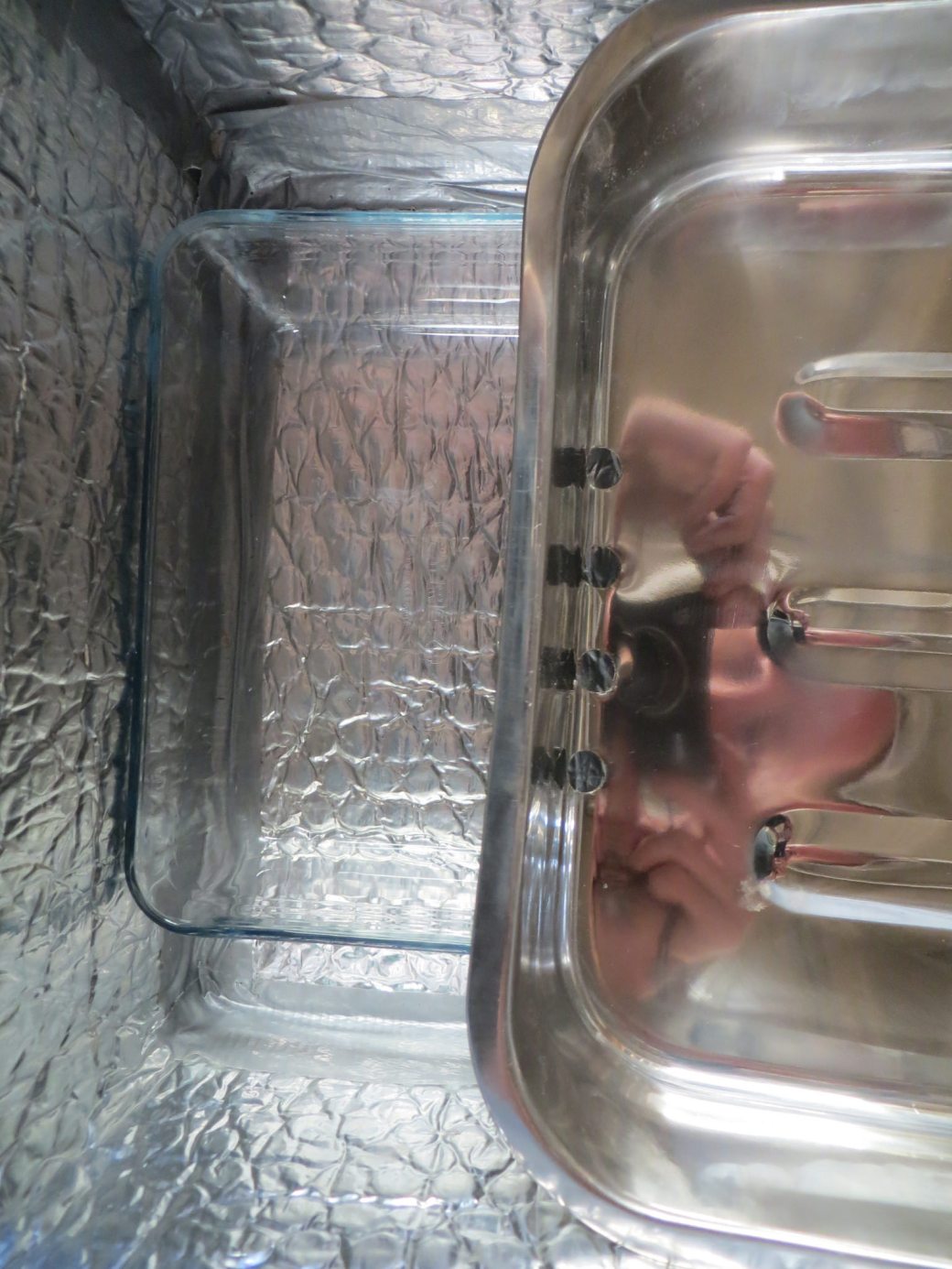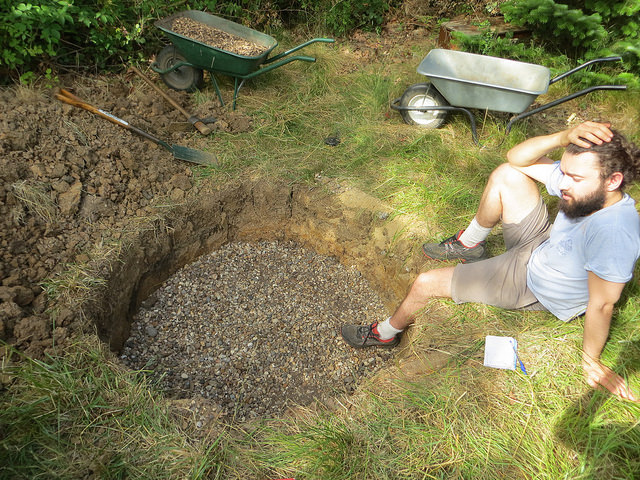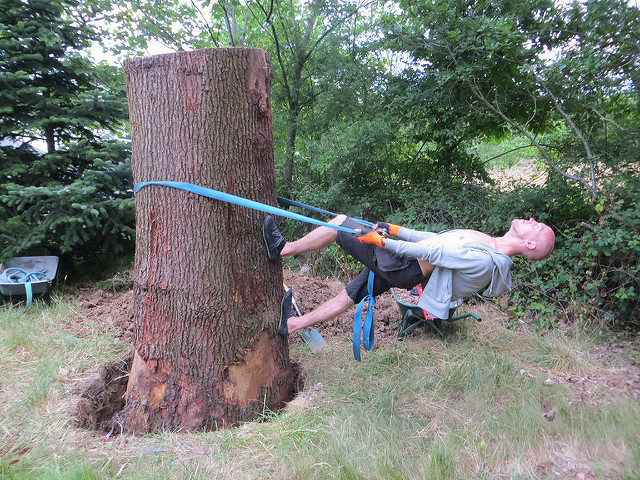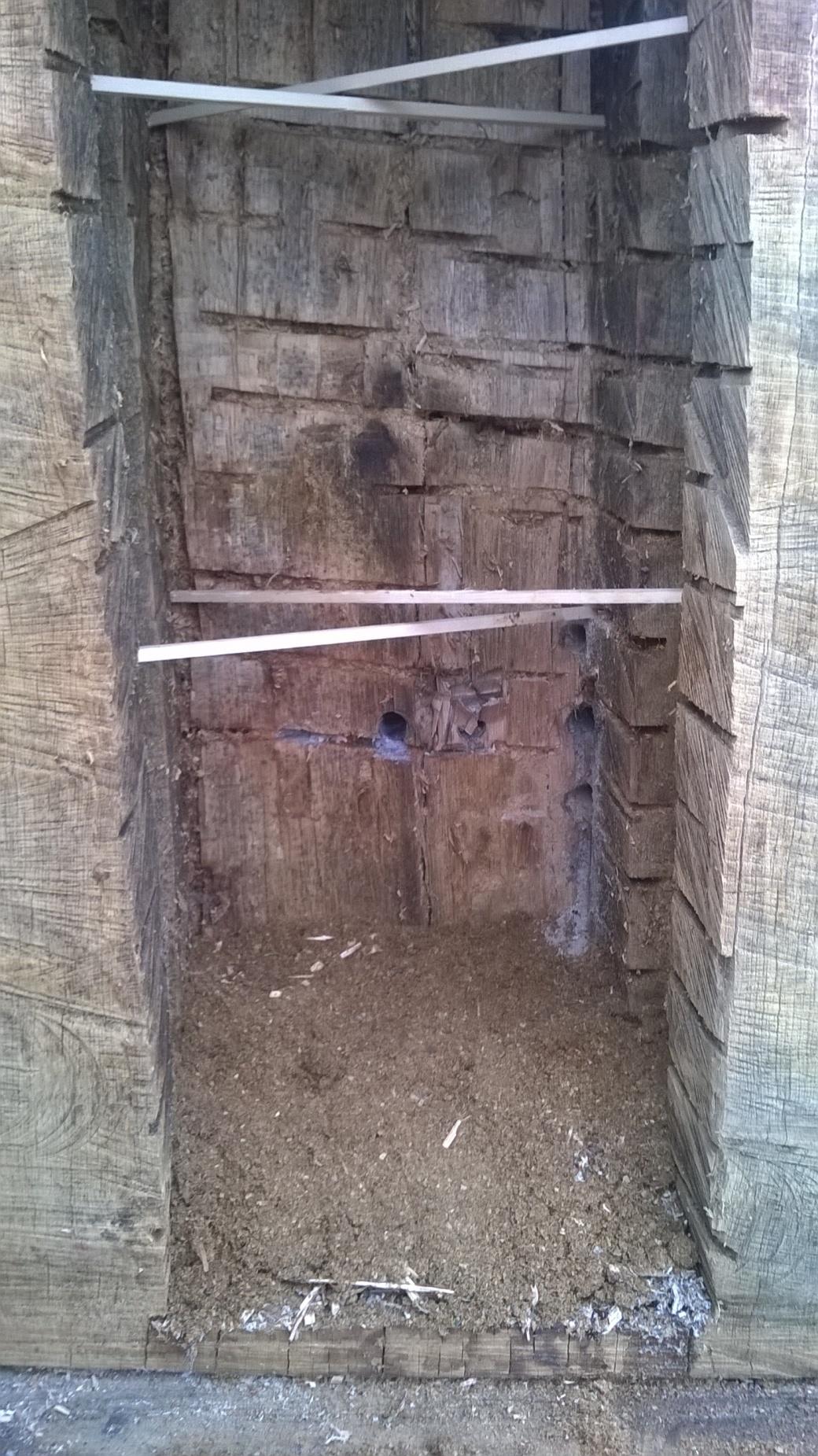Disclaimer: Beekeepers of all persuasions engage with the subject of bees and beekeeping with passion and energy. The downside of this is that we display a tendency to talk at rather than with and our passion can often descend into ranting. I confess that I too personally suffer from this tendency and I can feel the distinct air of a rant coming on. While in general I do my best to prevent my descent into rantdom and beekeeping zealotry I fear that this may not be one of those occasions. So if you find bee rants distasteful then leave now while you still can! However if you are still intrigued to hear my perspective on the Flow hive, given the disclaimer above, then read on.
Some of you may have come across the Flow Hive recently as there has been a media flurry surrounding it. I tend to be able to carry on my life oblivious to such things but I have received such regular emails about it over the last few months that I have decided it was time to write a blog post about it.
The makers of the flow hive are describing it as a “super-efficient, bee-friendly flow hive”. The idea of the hive being that through cleverly engineered plastic combs the beekeeper can turn a cam and release the honey from within each individual frame which then flows out of a tube into a container. This saves time for the beekeeper and purportedly minimizes the disturbance to the bees. I personally think this hive is problematic for a number of reasons.
The makers of the flow hive argue that it minimizes disturbance for the bees. While this is partially true it seems to me to be a disingenuous claim. The argument is that harvesting honey involves opening the hive and therefore the ensueing stress and disturbance too. I agree that opening hives is stressful to bees and that disturbing the nest architecture should be kept to an absolute minimum however the claim that the flow hive solves this issue is absolutely untrue. Using a framed hive system by it very nature implies regular disturbance and stress. The management of a framed hive involves regularly dismantling the brood nest for inspections and swarm suppression. This is a major stress to the bees, the flow hive management would still entail all these practices. The harvest of honey from a conventional hive, comparatively, isn’t the major stressor. A skilled beekeeper can remove boxes very quickly in place a clearer board that stops bees from being able to return to the box
There is an argument that the flow hive removes stress on the beekeeper. Harvesting by opening a cam is less work for the beekeeper and does mean far less lifting. Lifting heavy boxes is often an issue and back backs are a common complaint among beekeepers.
Genuinely sustainable beekeeping solves these issues by using hives and management systems that are bee-centred and radically reduce the routine stress that all too often is what beekeeping entails. Sustainable beekeeping also removes stress for the beekeeper – using a Topbar hive, for example entail no lifting boxes at all (which still would be necessary using a flow hive to get into the brood box).
Another argument being made is that the flow hive is more cost effective. This is for 2 reasons – firstly because you no longer need to buy equipment for harvesting (centrifuge etc) and secondly because if you get in early they will give it to you cheaper. This first point i feel is somewhat disingenuous too. The major piece of equipment being referred to is the centrifuge. If you are keeping bees sustainably a centrifuge is totally unnecessary, the only equipment you need is some muslin, a sieve and a food grade container. Even if you are using frames often centrifuges are available for rental ffrom local associations. When you look at the actual cost of a flow hive (appx £430 – not including shipping) it is clear that these hives are more expensive than other equivalent hive and almost twice the price of a Warre or Topbar.
It strikes me that hives that are simple to construct and are made from sustainable, non-toxic materials are an ideal we should hold to. Sustainable hive designs all have an ethos of DIY, open source design. In this way beekeepers can build there own hives from the sustainable materials that are locally available to them rather than being dependent on high carbon, non localized production.
At the root of the flow hive is a confusion about the nature and function of comb. Comb does not not function solely as honey storage – like a glorified tupperware. Wax is a glandular secretion of the honeybees, which they then mold into the hexagonal comb we are familiar with. If we think of the whole colony as a superorganism then the comb is the skeleton. the womb, a key part of colony communication – both vibrationally and chemically, as well as a larder for the hard won honey. Replacing wax with plastic interferes with all of the functions above as well adding the stress of the bees having to deal with the off-gassing of the plastic. Natural comb allows the bees to decide on the cell sizes and therefore the male/female ratio within the hive, allows the combs to vibrate and transmits vibration incredible efficiently (this a key part of honeybee communication) and stores hormonal and chemical information. Wax is key to the basic life expression of the honeybee organism using plastic comb impedes this and is therefore stressful to honeybees.
Also the claim that extracting honey this way isn’t stressful to the bees is disingenuous too. The actual mechanism splits apart the comb structure, this potentially kills bees, but what is more stressful to the bees is that suddenly their stores are empty. Bees in the wild keep a dome of honey above the brood raising area. If this dome suddenly disappears the bees are left with an empty cooler cavity above the brood which is instinctually abhorrent to them so they work extra hard to fill this cavity again as quickly as possible. By repeated removing the honey stores throughout the season additional stress is placed on the already stressed bees.
I hope that looking in more technical detail has made it clear that many of the claims that are made by the makers of the flow hive are clearly untrue and that the flow hive, like many other hive designs, is primarily about maximizing honey yields and human convenience at the expense of honeybee health. So then why has the flow hive so captured our imagination.
Part of the success is undoubtedly due to the extremely clever marketing that touches powerful cultural archetypes that are routinely used by the advertising industry to manipulate our desires. The promotional video when watched closely has themes that are clearly constructed and are very familiar in other forms of commercial advertising.
Wholesomeness – The video accentuates the wholesome father and son relationship at the root of the hives design as well as repeatedly showing wholesome looking sexually attractive men and women working with the hive. There are also numerous shots of children around the hive or taking honey directly out of the back of the hive – these are clearly staged. Any beekeeper will tell you that the bees would very quickly figure out that there was exposed honey and would be foraging on it in large numbers.
Good engineering – There are numerous references to the quality of the engineering. This is the mainstay of the high end car market. They are clearly trying establish a justification for their hive being more expensive than most other currently available hives. There is also a strong emphasis of simplicity and ease.
Cutting edge – “Join us and become part of this evolution in beekeeping”. Need I say more.
What the makers of the flow hive do incredibly well is to tap (no pun intended) into the growing ecological concern and the urgent sense of needing to feel that we are doing something to help the bees. It gives us a way to act, a way out of the powerlessness and fear we feel when facing the issues around bees. Sadly however it gives us way to act that doesn’t work towards solving those issues in fact it gives us a way to feel that we are doing good without having to question the assumptions at the root of our relationship to bees and to the biosphere – namely that organisms exist primarily so that we can extract from them what we need to survive. This neediness, this cultural obsession with honey is at the root of the flow hive and it serves only to reinforce the view the honeybees are a resource to be mined.
In my opinion the flow hive fails totally to solve the problems it correctly points out that exist in beekeeping practice.-expensive complicated equipment and stressful management practices. Sustainable beekeeping genuinely solves these problems. It shows that keeping bees can be focused on the health of honeybees – on minimizing stress for the bees and the beekeeper. It uses hives that are cheap, sustainable, simple to build and easy to use and it uses practices that genuinely respect and work with honeybees. It’s no longer the time for quick fixes and psudo-solutions – it’s time to change the way we keep bees at it’s root and continue to work towards creating a genuinely bee-friendly practice.














































